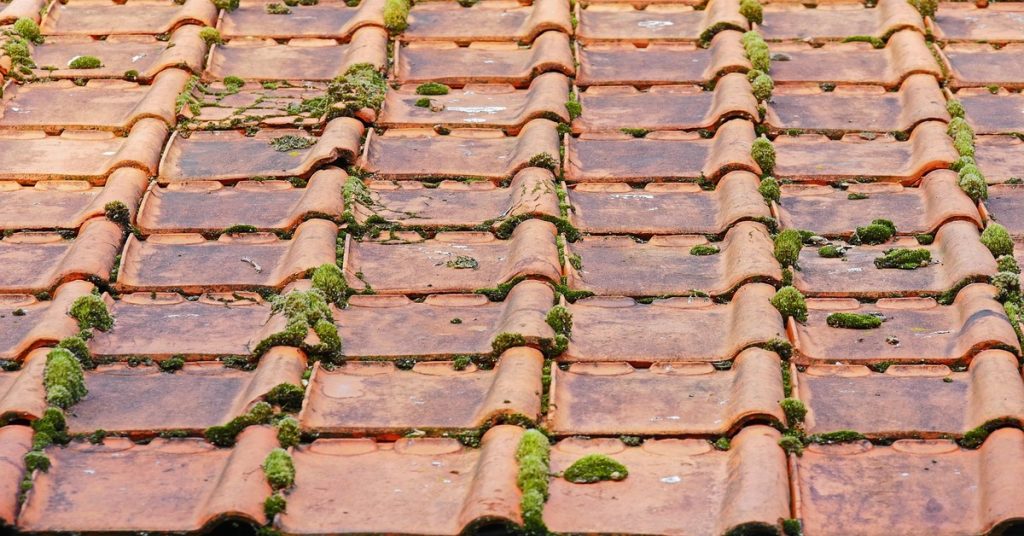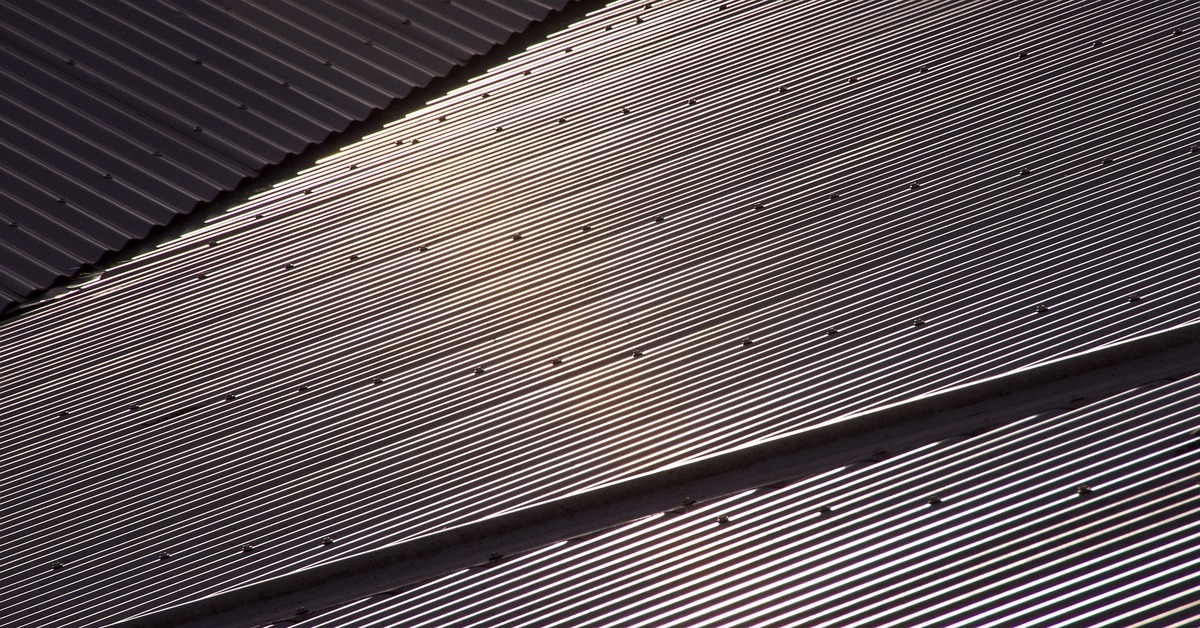

Choosing the right roofing materials for your home or business in Australia can be tough. You want a roof that’s durable, looks good, insulates your space, and doesn’t break the bank. Two popular options in Australia are tiled roofs (including concrete tiles) and a Colorbond roof.
But should you opt for a tile roof or a Colorbond roof?
Let’s take a closer look at each one.
Tile Roofs (including Concrete Tiles, terracotta tiles, and slate tiles)
A tile roof has been a top choice for Aussie homes for years. They’re made from materials like terracotta, slate, or concrete, which makes them super tough. Tile roofs can last up to 50 years with proper maintenance and are great for insulating your space, That insulation can be critical to saving on your energy bills. Plus, there are plenty of styles, shapes, and colours to choose from, so you can find the perfect look for your home with a tile roof.
One of the biggest advantages of a tile roof is that it can handle extreme weather. Australia’s climate can be rough, with high winds, heavy rain, and intense heat, depending on where you are in the country. A tile roof is built to withstand these potentially hazardous weather conditions and keep your home safe. They’re also fire-resistant, so they’re a smart choice if you live in an area prone to bushfires.
Yet, a tile roof is not without its downsides. Tiles are heavy, so you need a strong roof structure to support them, which can add to the installation cost.

Unfortunately, a tile roof needs regular maintenance, including cleaning and replacing cracked or damaged tiles. Concrete roof tiles can last up to fifty years but are susceptible to chips and cracks. A concrete tile roof will also often fade or discolour over time. Much of this can come down to luck, but the likelihood of repairs is something you should consider.
Finally, when compared to a Colorbond roof, a tile roof will usually set you back much more. Though, of course, your installation prices can vary considerably depending on the quality of the specific tiles you go for.
Colorbond Roofs
Colorbond/metal roofing is another popular choice across Australia. Usually made from steel, a Colorbond roof is tough and lightweight, coming in plenty of different colours to suit the style of your home.
One of the key benefits of metal roofs is that they are super easy to install and needs minimal maintenance. Once up, you can pretty much leave your metal Colorbond roof alone, as it should last for at least 50 years with only a little TLC needed. This makes Colorbond roofing a cost-effective investment, especially if you’re replacing an old, worn-out roof.
One of the best things about Colorbond/metal roofing is its versatility. You can choose from various profiles and colours to make your roof match your style. Since they are lightweight, you can even install them over an existing roof without needing extra support structures.

But, there are some downsides to Colorbond roofs too. It’s a coated steel roofing material that can be noisy during heavy rain or hail that bounces off the surface. Metal roofs can also absorb and radiate heat, which can bump up your cooling costs in summer.
Plus, for some people, there’s an issue of personal preferences. Many just don’t think the metal look is as appealing as Tile roofing.
Colorbond vs Tile Roof? A Comparison
So, which is better: tile roofs or Colorbond roofs? Well, there are a few things to consider before committing to either.
Tile roofs are generally more durable and better at insulating your space, but they’re heavier and more expensive. Colorbond is lightweight, cost-effective, and easy to install, but it can be noisy and less visually appealing than concrete or terracotta tiles.
Both tile roofs and Colorbond roofs can help lower your energy bills but in different ways.
Tile roofs are great at keeping in heat during winter, which can help reduce those skyrocketing heating costs. Meanwhile, Colorbond roofs are designed to reflect heat in summer, which can help keep your home cooler and lower your cooling bills, making those air conditioning units work less hard.
When it comes to maintenance, concrete tile roofs, in particular, require more regular maintenance, such as cleaning and replacing cracked tiles, which can add to the overall cost over time. Though luck can be a factor in this consideration, Colorbond roofs will be less likely to cause you to dig back into your wallet more regularly than other roofing materials.

A tiled roof is generally more expensive to install but can last up to 50 years with proper maintenance. Colorbond/metal roofing is more cost-effective and requires less maintenance, but it may need to be replaced sooner than tiled roofs.
Given that both have pros and cons in terms of cost, maintenance, and energy efficiency, the choice between tile roofs and Colorbond often comes down to personal preference and individual circumstances. Consider the climate in your area, the design and style of your home, your budget, and your maintenance preferences when making your decision.
Final Thoughts
Both tile roofs and Colorbond/metal roofing are popular options in Australia. A tiled roof is durable, excellent at insulation, and comes in various styles and colors. A Colorbond metal roof is cost-effective, easy to install, and flexible in design.
Consult a professional roofing contractor to determine which might be the best option for you.
However, choosing your high-quality roofing materials is just the beginning of your dilemmas when it comes to your roofing decisions.
You’ll also need to consider ventilation, thermal insulation, roof flashing options to prevent roof leaks, potential solar panel options, and much more besides.
Check out our blog for plenty of helpful advice on the various elements of an efficient roofing solution.
Also consider our RapidRidge with ventilation roofing solution that moves away from the traditional ‘wet’ method of securing your ridge caps. This solution creates a natural passive cooling system that will keep your home comfortable in the hot Australian summer.
